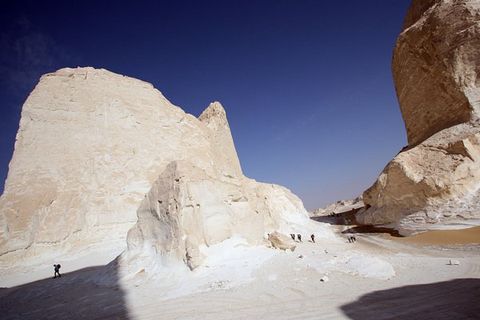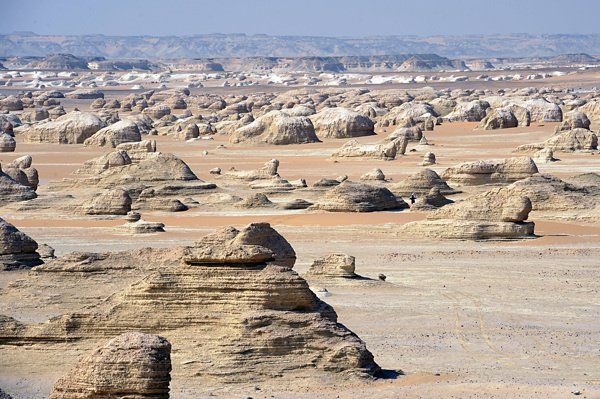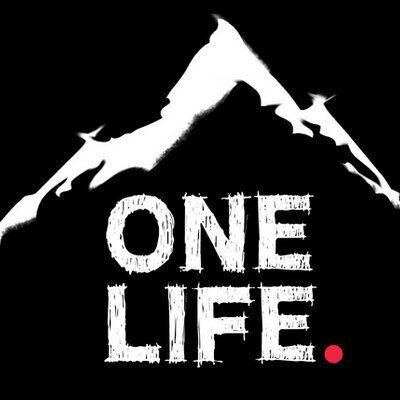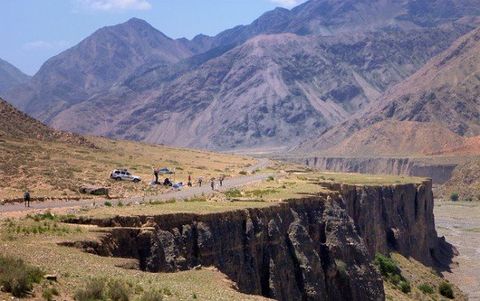The Sahara Desert Race
The course was spread over 7 days. The first 4 days saw us running roughly the distance of a marathon each day. On day 5 we ran 65 miles. Day 6 was a rest day then the last day was a 10-mile ‘sprint’.
Who are you
John Cecil-Wright
The Challenge
The Sahara Race – Egypt
How long did it take
1 Week
What was the distance
250km
5.
How much did it cost
£1,500 plus kit and travel
Who was the organiser

What was it like
The course was spread over 7 days. The first 4 days saw us running roughly the distance of a marathon each day. On day 5 we ran 65 miles. Day 6 was a rest day then the last day was a 10-mile ‘sprint’.
I took the first day quite slowly as I had never run a competitive marathon before and I didn’t know how I would react to the heat. I spent a bit of time at each check-point (there are water refill check points every 10km) recovering and taking on water and food. I eventually finished the race after about 5hrs in 31st place.
That first day was tough but also extremely enjoyable. The desert is such an alien environment and the scenery is absolutely stunning so often I found myself enjoying the views and forgetting I was running a marathon in 40-degree heat.
Straight after finishing I collected my two liters of water (which was to last that night and the up to the first check-point in the race the following day) then retreated to my tent where I lay on my back with my feet in the air to allow the swelling in my feet to go down. This was to become the ritual after each race.
Later that day at about 6pm it was time to rehydrate food for supper and sit around the camp fire with the other competitors chatting about what was to come.
On day 2 we were all at the start line by 6am ready for the race. By now I knew what to expect and thought I would push it a little harder. Again the course took us through some stunning desert scenery. I was now realizing that the Sahara is more than just a flat expanse of sand and actually is made up of huge rock formations, dunes, flat plains, rock and a whole host of other features.
The race organizers put a lot of thought into the course each day which kept it interesting. I allowed myself the luxury of my iPod on day 2 which really helped. I got my head down from the start and actually finished 7th overall, which I was very happy with. Following the same routine as the night before I was recovered, fed and was in my sleeping bag by about 8pm ready for day 3. Again we were off by about 6am.
The highlight of the course on day 3 were the sand-dunes. The course took us across a huge expanse of these massive formations. Although the fact they were both steep and made of very soft sand meant that the going was tough, the views from the top were breathtaking and for me day 3 was probably the most enjoyable. I finished 4th that day which was my best position of the whole competition.

Day 4 was quite brutal mainly because the longest leg of the day was the last leg. Up until day 4 the last leg of each day was the shortest which meant that by the time I hit the last checkpoint I knew it was just a relatively shot hop to the finish, day 4 however just seemed to drag on and on.
The chat around the camp fire that night was all about the following day and what it would be like to run for 65 miles. I couldn’t really comprehend what it would be like running this distance, it was over double what I had ever run before.
When it came to it we set off in 2 groups, the majority set off at 6am with the rest going at 8am. The course was fairly varied and to start with quite enjoyable. I found I peaked and troughed throughout the day. It became harder as it got dark although there were times when running through the Sahara on my own in the dark was pretty magical. The last 10 miles or so seemed to go on for an eternity and the sense of relief when I finally got over the line was incredible. It is difficult to describe how I felt after completing day 5 but physically, I hurt… a lot.
We recovered around the campsite on day 6, it was quite nice just chilling out and amusing to see people staggering around like John Wayne as a result of the day before.
Finaly the last day saw us mount the busses back to Cairo for the 10km sprint through the city. There was a great atmosphere. By now everyone left in the competition (there had been about 20 / 200 drop out due to injury / illness) new they would make it. Personally I gave it everything I had left and tried to log my best position. Unfortunately some helpful locals send the lead group the wrong way which meant I didn’t do quite as well as I might have done, but it still felt amazing to finish right in front of the pyramids.
We had prize giving that evening back at the hotel then the following day the competitors began to leave.
Overall it was a great competition, great competitors, the organization from Race the Planet was awesome and I highly recommend this event. There was a real range of people taking part from the super fit to those that just loved this sort of thing. You don’t have to be a great runner to complete this challenge, some people just trek the whole thing, it’s just amazing to be part of something like this.

How did you train for it.
I started training around 5 months before the race. I wasn’t living anywhere near a gym at the time so it was mainly just running and core exercises. I started running with no weight, and then when I could run ten miles with no problem I started running with a 20kg back pack. Again I got used to this then started to increase the distance. I got to a stage where I could comfortably run for 15 miles with a 20 kg pack, then started taking the weight out of the pack and increased the length of the runs in 2-mile increments up to 20m miles.
I found running long distances consistently for four days in a row was a great way of building up endurance and getting my legs ready for the race. I would then take a couple of days off and do something similar again. In addition to running I would do various core exercises as this helps with carrying the pack. Things like sit ups and crunches are a good exercise but I would try and vary the core exercise I did to keep testing myself. As well as running after work and at weekends, I did a few treks. I trekked up Mt Snowdon in Wales and also Ben Nevis.
I found it beneficial just to be on my feet for long periods of time as it helped strengthen my legs. There are parts of the race where the terrain makes it very difficult to run so getting some trekking experience under your belt helps development these muscles, and you’ll need then.
Any other useful info / links
I recommend getting your kit as early as possible so you can train with it and discover what works for you. For example some people like running with trekking poles and other don’t. Personally I didn’t use them but those that did, swore by them.
Try out everything from your shorts and lycras to your socks and running top to make sure it doesn’t chaif or have any annoying bits that will rub you. You need to make sure you are as comfortable as possible. The race is tough enough without your kit giving you grief.
Take some sort of MP3 player. I took an iPod shuffle and a solar charger. What I should have done is take 2 iPod shuffles as the charger cost more than a shuffle and just broke. Plus I would have had twice as many tunes.
Take tape for your nipples. Joggers nipple is excruciating. I’m sure you’ll have worked this out during training though.
Take a tube of silicone gel for areas of your body that rub.
I had a few peperamis (www.peperami.co.uk) with me and they were the envy of the tent. Freeze dried food is great but there is something about salted meat that really hits the spot when you’ve been running, biltong is another option.
Try your trainers out and wear them in before the race. I got mine from Runners Need www.runnersneed.co.uk/home.aspx these guys put me on a tread-mill and filmed my feet while I ran in various pairs of trainers to make sure I had exactly the right pair. I got mine ½ a size too big to allow them to swell during the race.
You should also rub surgical spirit on your feet in the morning and evening for about 2 months before the race, I did this and it toughened my feet up so I barely got a blister during the race.
Some people camel packs for water but I used two bottles with straws strapped the straps of my pack.
I preferred this method as it takes some of the weight out of the pack on your back and brings it forward. It was also a lot quicker to fill the bottles than camel packs at the check-points.
When you travel to the race keep your irreplaceable kit with you as hand luggage, there were a couple of competitors who’s kit was lost by the airline and had to run in borrowed kit and trainers. You can imagine how they felt after months of training and all the expense of competing.
I bought a lot of my kit online from a company called Likeys. I thought these guys were absolutely great. I called them up for some advice about kit and ended up talking to them for about an hour – they were really helpful and their service was great. www.likeys.com
View More Articles
Services List
-
Land This is a text area. Writing in paragraphs lets your visitor find what they are looking for quickly and easily. Edit the text in the list editor.
Land -
Water Expeditions This is a text area. Writing in paragraphs lets your visitor find what they are looking for quickly and easily. Edit the text in the list editor.
Water Expeditions -
Ice Expeditions This is a text area. Writing in paragraphs lets your visitor find what they are looking for quickly and easily. Edit the text in the list editor.
Ice Expeditions

